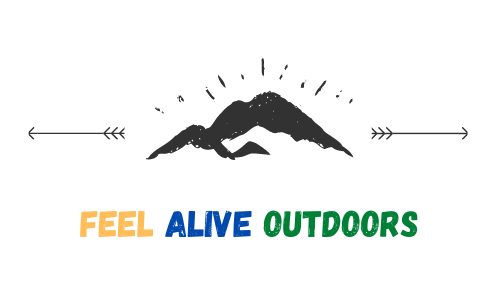What types of natural trails do we have? What is the degree of difficulty and what does that mean? What is the difference between a short hike and a long one? If these questions puzzle your head, then continue reading! 🙂
If you missed part 1, then go ahead and read the article Hiking in Cyprus: What you need to know!
1. Types of natural trails
There are two type of trails and those are described below:
1.1 Linear
In a linear trail the hiker starts from the starting point, let’s say A and terminates to a different point, let’s say B. The distance between them signifies the length in km of the trail. In most cases you need to return back to the same starting point. So if the distance is given as 5 km in a linear trail, then the actual walking distance is 10 km including the return.
There are cases where the hiker may choose to do the trail once and avoid returning back. This can happen if the ending point is on a paved or country road accessible by a car. In that case, you may park a car in the end point and one in the start point and do only the 5 km as per our example. Additionally, if you are a more experienced hiker you can “enhance” your route and find another way to return back, thus making your trail circular.
1.2 Circular
A circular trail is when the starting point is also the ending point but your return goes through a different path.
2. The degrees of difficulty of the trails
The natural trails are categorised into 3 levels of difficulty as described below:
Degree of Difficulty: 1 – Easy
An easy trail means that there are no significant altitude changes with gentle gradient. Thus the terrain is relatively flat and hence it is suitable for all ages and all fitness levels.
The distance seems to be an irrelevant factor and is not considered as part of the Cypriot criteria for categorising a trail. There is no golden rule that all of us should follow. Each person should start slow depending on your personal stamina and increase the distance as you progress. My personal opinion is that a good start for a beginner is an easy trail of 3 to 5 km in total. Of course that doesn’t mean you cannot go even more. If you believe you can do it then you can go up to between 7km – 10km.
2.2 Degree of difficulty: 2 – Moderate
A trail with moderate level denotes that you must have a good enough fitness level. What does that mean? It means that you do some workouts either on your own or to the gym, for example walking, running, cardio or weight training. That does not fully prepare you for hiking but it will totally help you to endure it. Such trails have any or all of the below:
-
- changes in gradient, thus it may have uphills or downhills or even both
- rough terrain at certain regions, which might need to be extra careful. That means that for some metres there might be rocks in the trail thus you need to mind your steps. Or the path is narrow and you need to be careful as well.
2.3 Degree of difficulty: 3 – Difficult
A difficult trail denotes that you must have a really good condition and fitness level. The gym and personal workouts are not good enough in this case. To be able to do such a trail, it means that you have already done hiking trails of other difficulties and you feel confident to go to the next level. Such trails have any or all of the below:
-
- sudden changes in gradient making the walk strenuous
- difficult and steep terrain
- part of the route may be rough and/or slippery. For example the trail may have rock in the ground making it difficult to walk at a certain pace and/or a stream may cross the trail making the path slippery.
- narrow course along the way with steep cliffs on one end.
- The Cypriot difficulty level system does not consider the weather factor. The weather can upgrade any trail from easy, moderate or difficult to difficult or extremely difficult. For example, an easy trail without snow is a moderate trail with snow. Also a difficult trail with good sunny weather becomes extremely difficult under heavy rain.
3. Short Vs Long Distance hikes
Normally a short distance hike denotes a hike that can be done within a day. However, for the Cypriot standards for beginners and new hikers, I believe that a short distance hike can be up to 10km.
A long distance hike denotes a hike that cannot be done within a single day. It could take 2 days, 3 days or a few months. For Cypriot standards though, for beginners and new hikers, I believe that a long distance hike can be characterised by anything above 10km.
4. Day-trips and Multi-day trip hikes
A day trip hike is a hike that can be performed within a single day. Again there is no golden rule on what is the maximum hiking distance per day and it is up to the endurance of each person. But a reasonably long day trip hike could be around 30km.
A multi-day trip hike usually refers to long distance hikes that cannot be performed within a single day. Such trails are: Tour de Mont Blanc (170km), Camino de Santiago (790km) or Pacific Crest trail (4270km). In these cases, the hiker does as much as possible within a day, have an overnight stay in a hotel or refuge or even camping and continue the next day until the end of the trail.
This post is also available in:
 Ελληνικά (Greek)
Ελληνικά (Greek)

